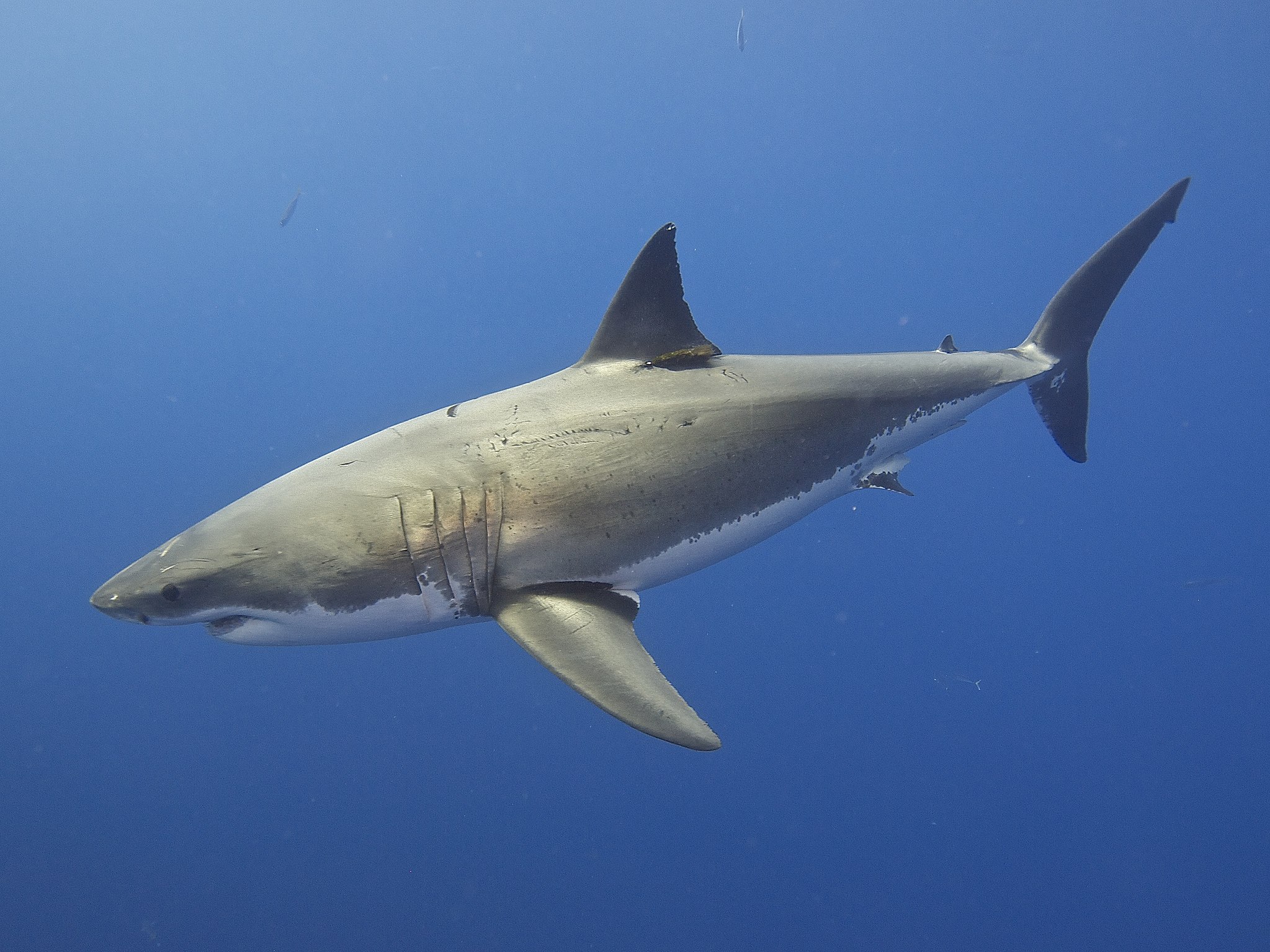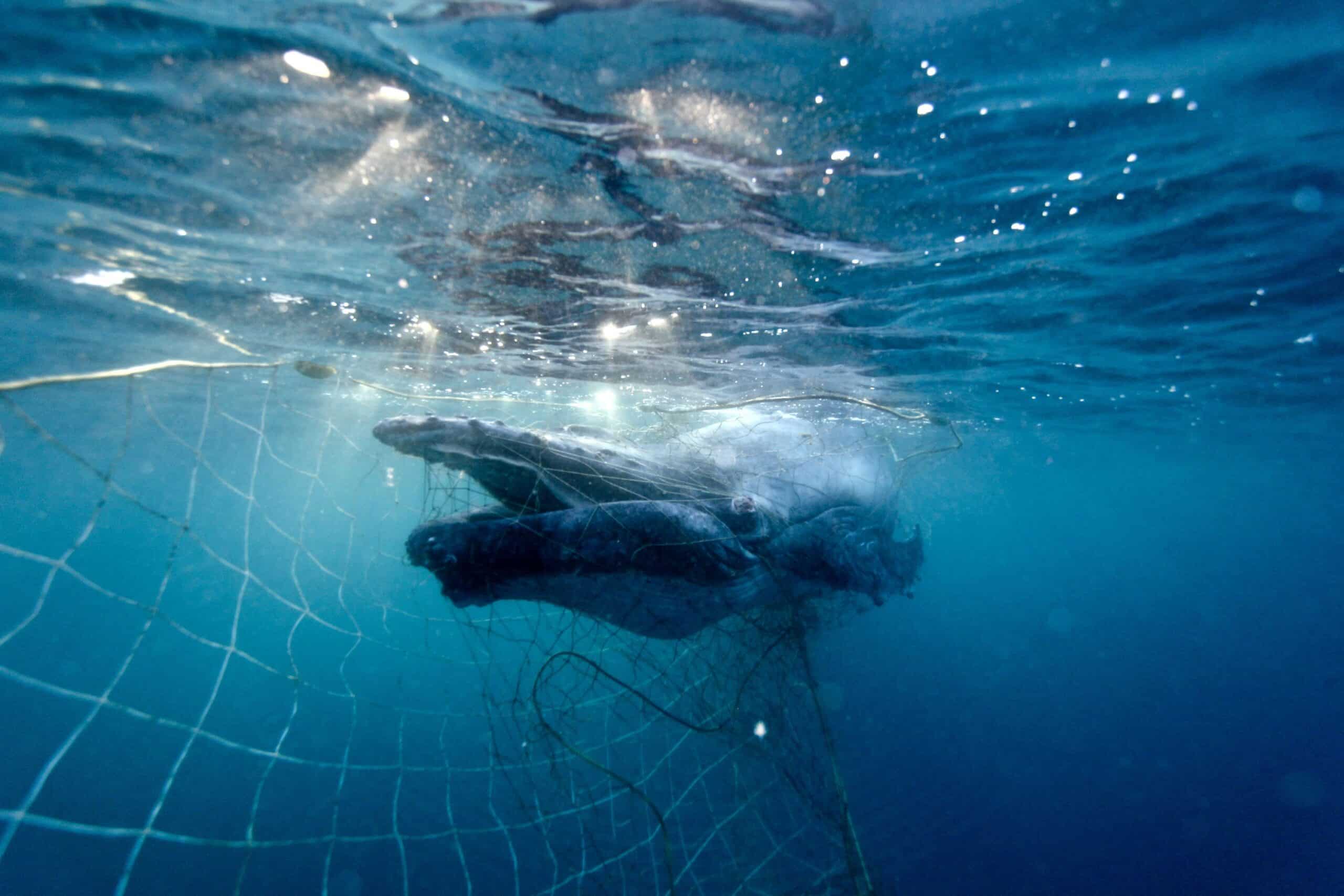Research shows that Australia’s great white sharks are highly related to each other and may consist of fewer than 500 breeding animals. SYDNEY, 24 June 2025: Latest research has found Australia’s great white shark population is much smaller than expected, increasing their vulnerability to further population threats. The population...
Every year hundreds of thousands of pregnant harp seals gather on ice floes off the Canadian coastline to give birth to their pups in an astonishing natural event. Tragically however, many of the adorable animals will suffer terribly and be killed for their pelts before they are three months old during the largest slaughter of marine mammals on Earth.
Canada’s commercial baby seal slaughter has seen more than two million seals killed for their fur since 2002, and even more disturbingly 98% of the seals slaughtered are pups between three weeks and three months old. This year the sealing season controversially opened two weeks early, with more than 4,000 pups killed daily while they were likely to still be nursing.

This horrific annual hunt has seen more than two million seals killed for their fur since 2002. Image: Michael Bernard/HSI
Humane Society International (HSI) has documented the Canadian seal slaughter from the ice for more than 18 seasons, witnessing scenes even the most toughened would find difficult to watch as baby seals cry out as they are shot and wounded, leaving trails of blood starkly visible against the white of the Atlantic ice as they thrash in agony before being hooked and dragged onto a passing boat to be bludgeoned to death.
After being bled briefly the pups are quickly skinned, with sealers only having to palpate the skull with their hakapik (sealing tool) to test for consciousness. HSI has repeatedly witnessed skinned seals writhing in pain, and veterinary experts believe that up to 40% of seals may not be dead when skinned. When the consequences are such extreme suffering, it’s a disgustingly unacceptable figure.
“Baby seals are routinely shot and wounded, and left crawling through their own blood on the ice, crying out in agony. Many conscious, wounded baby seals are impaled on metal hooks and dragged onto the bloody decks of the boats where they are clubbed to death. Wounded seal pups also escape into the water, where they die slowly and painfully.”
Rebecca Aldworth, Executive Director of Humane Society International/Canada paints a graphic picture of the torment that these animals undergo for the sake of propping up an industry that is failing globally. Products from commercial seal hunts are increasingly becoming less desired in international markets, with the industry being heavily subsidised by the Canadian government in recent years.
HSI has continued to campaign globally for prohibition on trade in products of commercial seal hunts, with more than 40 countries now enforcing the ban including the United States, nations of the European Union, Russia, China, Taiwan, Mexico and Switzerland. The bans have seen large fractions of seal quotas unfulfilled, for example in 2015 a quota of a 400,000 seals saw just 35,304 pups killed, whereas in both 2004 and 2006 the maximum quota of 350,000 seal pups was reached.
Estimates show that these market closures have saved in the region of 2.5 million seals over the past decade, and HSI will continue to put pressure on both the Canadian Prime Minister and governments worldwide until the industry is no longer viable for continuation. For now the quotas have remained high, but with a much-reduced demand for pelts far less seals are suffering horrific fates.
Similarly the loss in value of the products associated with the seal hunt shows just how far we have come in efforts to close down the industry. Just last year, Canadian parliamentarians admitted that the export value of the commercial seal hunt has plummeted from $18 million in 2004 to just over $300,000, while prices for seal fur declined from more than $100 to less than $20. The industry is now at the point where buying out licences would be financially beneficial to the hunters, cheaper than current subsidies for the Canadian government, and give the Canadian public what they want.

Now enforcing the ban on products produced from seal hunting are 40 countries, however Australia is yet to prohibit trade in seal products. Image HSI/Canada
Sadly, Australia is not one of the countries that have joined the international community in denouncing this inherently inhumane practice. While we understand that a legislative ban may be difficult to accomplish, we continue to urge the Australian government to at the very least declare an opposition to trade in seal products as public policy, as they have with whales, rhinos, ivory, and lion products.
A common defence for the commercial seal slaughter is that it provides jobs, however this is misleading as sealing typically accounts for less than 5% of a fisherman’s income, and with licence buyouts from the government not sealing will become financially beneficial to these people. Few indigenous Canadians are involved in the hunt, and those that participate for subsistence are outside the commercial quota – HSI takes no issue with Inuit seal hunting in the Canadian arctic.
Not only are harp seals subject to tremendous and unnecessary cruelty through the commercial seal slaughter, but their habitat is becoming increasingly lost due to the effects of climate change on Atlantic sea ice. This is having an impact on the number of animals that are pupping, and due to the loss of sea ice, many aren’t making it in the first place. It’s a grim outlook for the fate of these internationally admired animals when they are under such direct attack by both outdated government policies and the overwhelming effects of anthropogenic climate change.



